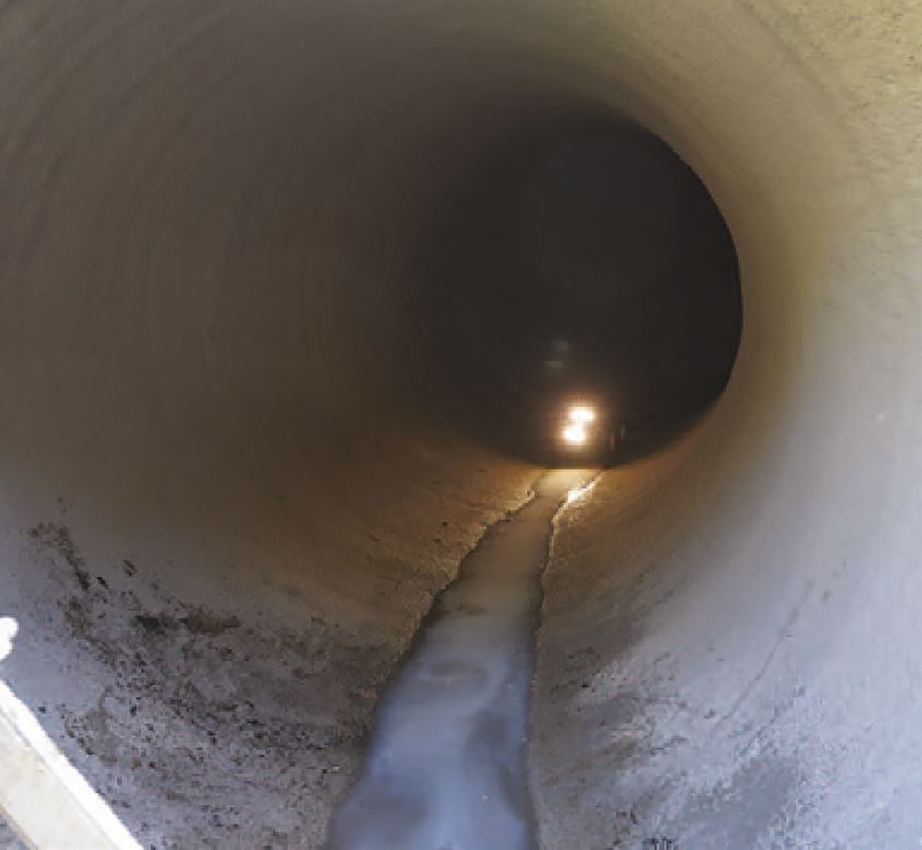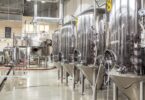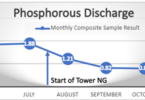Project Overview:
A 10-mile portion of a sanitary sewer interceptor was inspected for the first time in 2010 since its construction in 1970. The interceptor ranges from 60-90 inches in diameter and includes several inverted siphon crossings. LSCE had the inspection data evaluated to move forward with repair recommendations and implementation. The first phase of work was prioritised through reviewing factors such as the severity of the defects, continued modes of failure and consequence of failure. Some of the characteristics of the phase one section of the pipe included:
- 90-inch diameter reinforced concrete pipe (RCP)
- Heavy H2S degradation
- Crosses a state freeway
LSCE obtained state funding to complete the first project in 2018 and decided to treat the first phase of the project as a pilot effort to evaluate various rehabilitation technologies. The proposed technologies were cured-in-place pipe (CIPP), sprayed-in-place pipe (SIPP), spiral lining and slip lining.
An innovative bypass pumping plan contributed to a project win for Michels Corporation using GeoTree’s GeoSpray geopolymer mortar.
Solution:
The RCP had 1800 linear feet of pipe to be sprayed with the mortar to a two-inch thickness. This pipe is the main interceptor into the Lucas County Water Resource Recovery Facility (WRRF) in Waterville, OH. The alignment includes four 45° curves in the first 180 feet. Michels established a bypass system to divert wastewater around the work area and into the WRRF because the plant needed to remain in operation during the repair process. The bypass system ran across a footbridge above Interstate 24, and Michels drilled a 96-inch steel shaft to serve as an access for future work after the current project is completed.
Results:
The project was started in August and completed in October and the entire repair was done from a single entrance point. The county requested additional work to be completed, including several manhole structures and influent chambers at the plant. The next phase of the project is planned for bidding this summer with specifications for the same geopolymer mortar material based on the experience using GeoSpray mortar during phase one.
Photo provided by Michels Corporation
Do you have an article that you would like to share? Submit your article here or keep up with the latest news from the water industry and wastewater industry by subscribing to our weekly newsletter.







